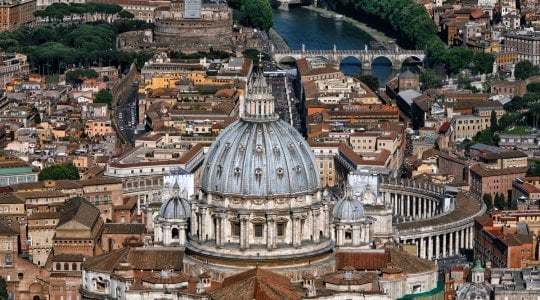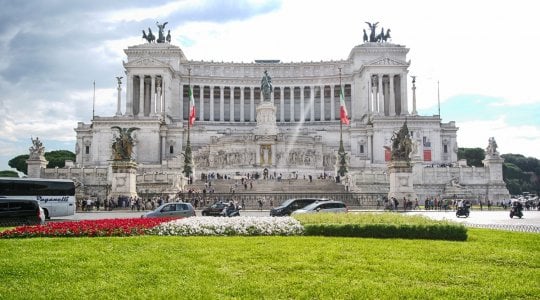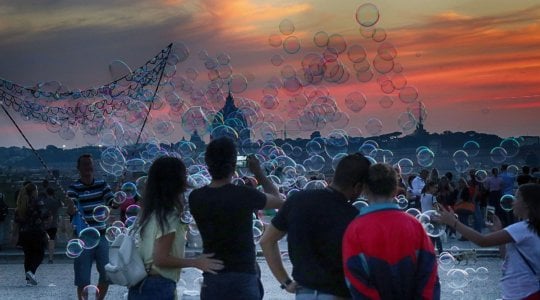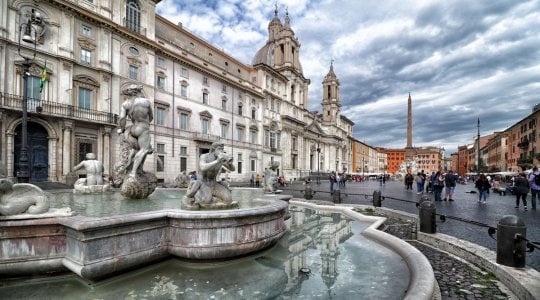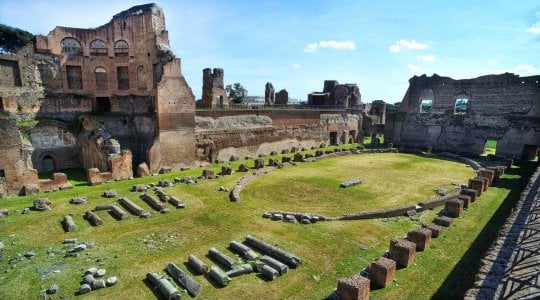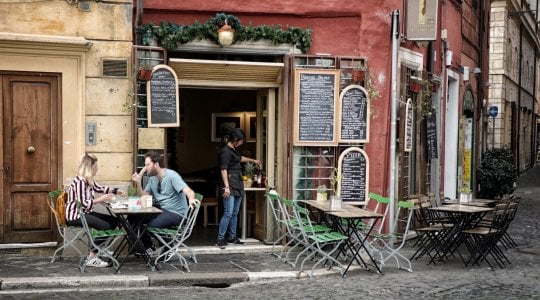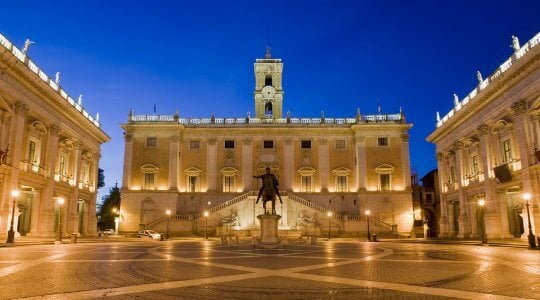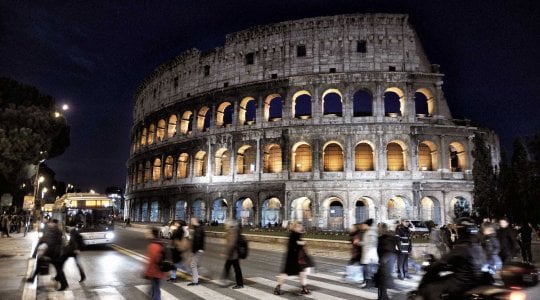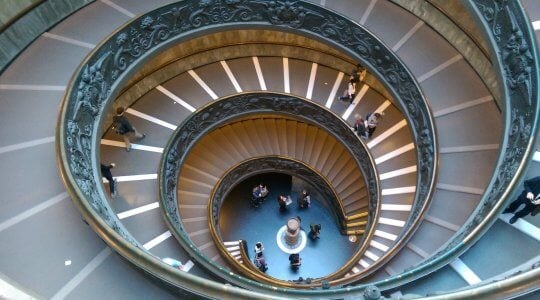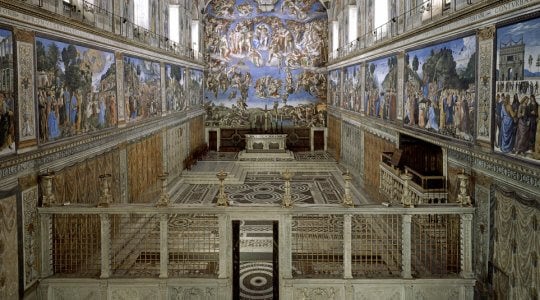Official Reseller Rome and Vatican – Jubilee 2025
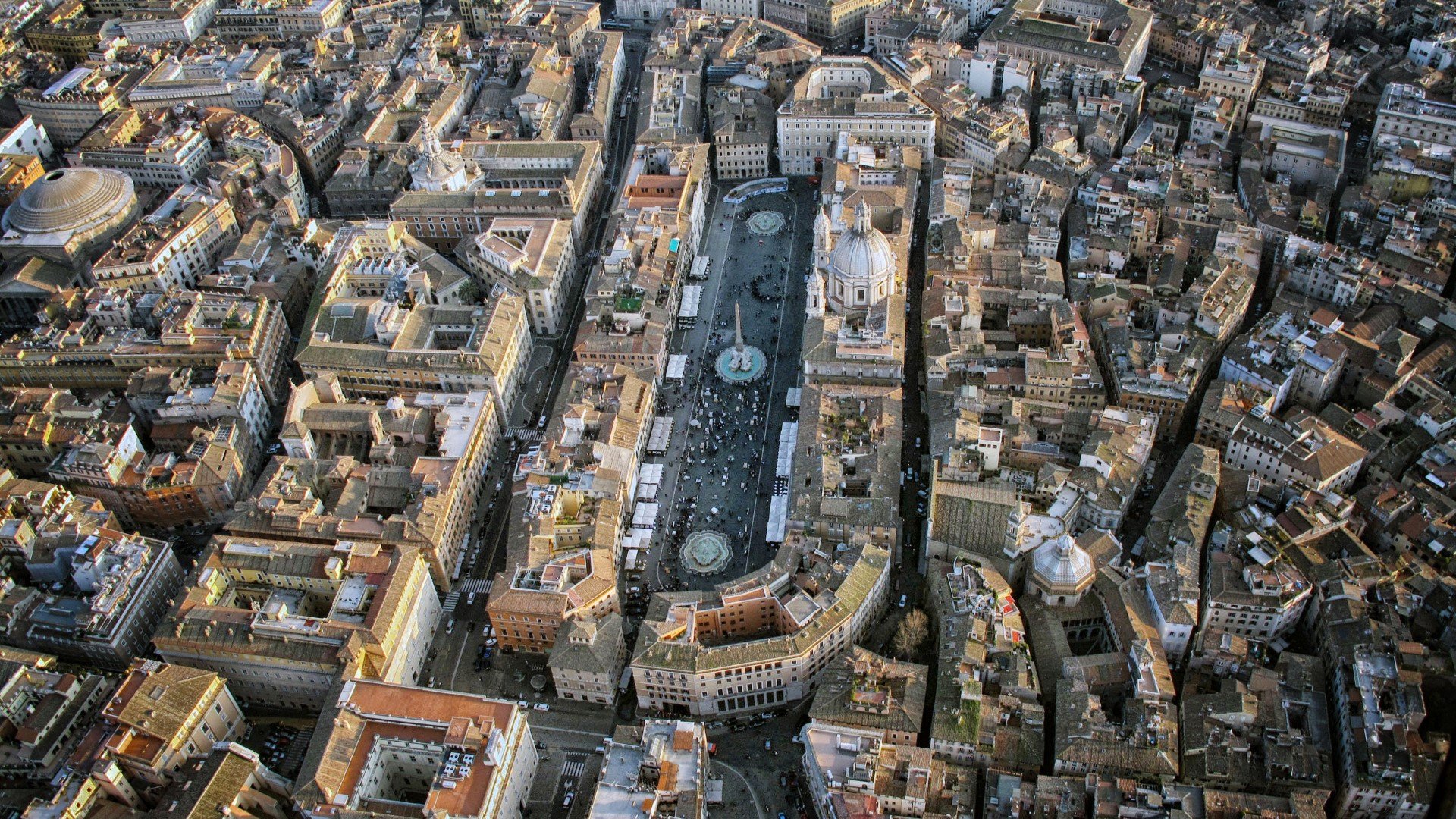
Rome Neighborhoods: Historic Center
Historic Center: a plunge into history
The historic center of Rome is the heart of the eternal city but also of a good part of western civilization. Proclaimed a UNESCO World Heritage Site in 1980, it is bordered by the Aurelian and Gianicolense walls.
It consists of 22 zones whose names recall the images of a true and fascinating Rome: Campo Marzio, Campo de ‘Fiori, the Monti zone, Trastevere and Testaccio. Telling the history of these places is equivalent to celebrating the deeds of ancient Rome, starting with the famous she-wolf with Romulus and Remus.
The republican city gives way to the imperial city that in turn bends its head in front of the opulence of papal Rome. Between one historical event and another, artists and writers from all over the world ply the famous Roman cobbles, called sampietrini, giving art and culture to the whole city. Some of the most important monuments in the world are born, such as the Colosseum, the Imperial Forums, Castel Sant’Angelo. In 1870 Rome was chosen as the Capital of the Kingdom of Italy and assisted, during the twenty years, in the rise of fascism, which celebrated its splendor in the areas of the historic center such as the famous Piazza Venezia. After the heavy duty paid during the Second World War, the Roman historic center resurrects to new life. Today it is the symbol of ancient Rome but also a focal point of the modern metropolis. The population of the historic center is constantly increasing. The level of education is medium-high, especially in the zones near La Sapienza, the University that has the most students in Europe. The type of properties in the area meets all needs. They range from ancient elegant palaces to the typically medieval constructions of veracious neighborhoods like Trastevere.
In the most popular zones, San Lorenzo and Pigneto, it is possible to see the outlines of buildings belonging to the Umbertino period or the famous houses with walkways, typical of early-century working-class Rome.
The multiple possibilities offered by the historic center of Rome have led to a unique demographic development. There are zones inhabited by generations of Romans, such as Testaccio, next to neighborhoods that represent a popular destination for politicians, diplomats and foreigners.
Visiting these areas means immersing yourself in an atmosphere of art, fun and beauty. The views offered by most of the houses in the historic center of Rome are unique worldwide.
Nightlife
The Roman historic center offers intense nightlife. In the areas around the major monuments there are some of the historic clubs which are famous not only in Italy, but all over the world. We move from the radical-chic clubs of Testaccio to real institutions of Roman nightlife, like the Piper or the Guild.
Pubs and beer gardens are scattered everywhere. Walking under the stars in the alleys of Rome is an unforgettable experience. Particularly picturesque is the atmosphere of Campo de ‘Fiori, where at night the 30-year-olds get together for a chat and a beer in one of the many bars.
Connections
The 22 zones of Rome offer the totality of services both at a cultural and logistic level. In the central areas, around the major monuments, it is possible to move easily on foot. Most of the zones are well connected to the whole city, thanks to the internal bus service and the presence of the main stops of the two metro lines.
